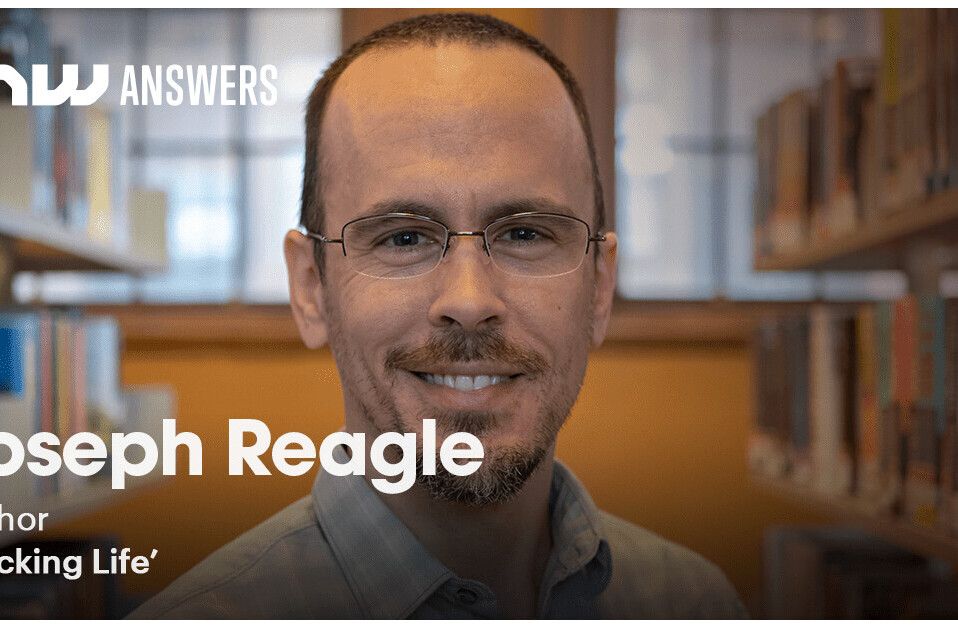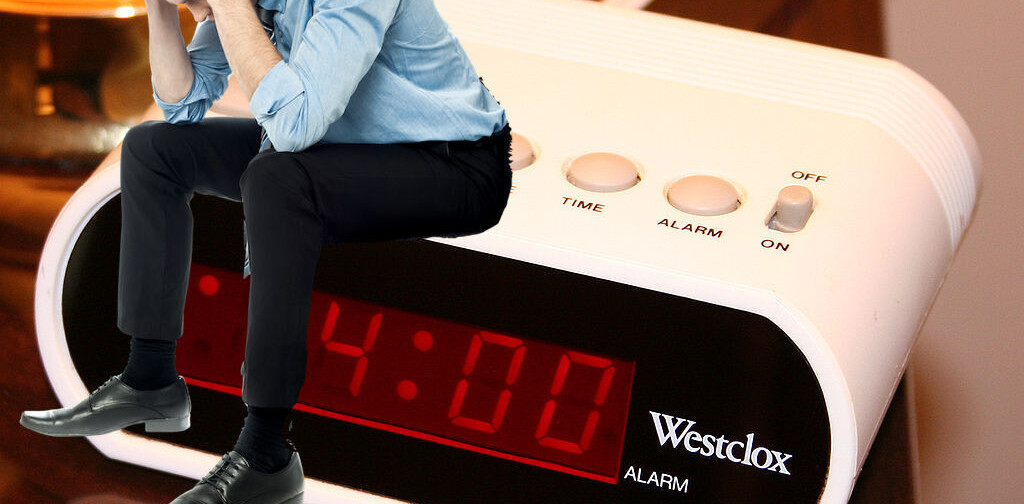
Big Data is establishing itself as a recognised practise for gathering and analysing information on users, through the flow of data we’re freely uploading, sharing and generating. Combined with smart analysis, it enables organisations and research groups to improve products or services based on actual user patterns that can be extrapolated from the data itself. Also, it’s one of the fastest growing areas of digital technology across the board. If you’re a data analyst – congratulations – you can pretty much walk into any role you want.
While this is leading to some groundbreaking work outside the corporate space, such as the ability to track rising food prices in third world countries, or predicting outbreaks of flu, there is a revolution in big data happening much, much closer to home. We’re witnessing the emergence of the ‘self tracking’ phenomenon, being led by the likes of the Quantified Self group, a movement which promotes learning more about yourself through smart tracking and analysing personal data.
While this might sound superfluous to the actuality of day to day life, the opposite is true. The market is becoming flooded with apps and gadgets that allow us to effectively track ourselves and our daily habits to improve a particular facet of our life, be it our sleep patterns, our ability to exercise, or even how much we spend on central heating. Big data will inevitably play a (big) part in our lives from the services that collect mass data to offer innovative services, right down to how we analyse & collate our own data.
Data for self-analysis

This sector is already well established with mobile apps such as Nike Run Plus. This simple mobile app has revolutionised the world of running, displaying your average pace and calories burned, while taking into account external factors such as terrain and weather. The onus on the user is minimal: Simply tap when you begin and end your run to get a complete history, allowing you to track your improvement over time.

Extending this theme of self-analysis, Mood Panda allows you to track your mood over time to spot patterns such as when you might be feeling particularly glad or depressed. Essentially, this is using smart data to help you get happy. Working through a mood diary, what Mood Panda has actually done is take the idea of the diary and simply update it for the smartphone era, where you can get deeper insights.
As with any of these products though, it is only really useful if you actually use the data. So if you notice you’re often depressed on a Sunday (perhaps following a big night out), or particularly happy when you’ve just been exercising, you can then cut out the bad stuff and include only the good.
Saving money

How about using data to save money around the house? OPower is a great example of this and a glimpse into the smart home of the future. It is essentially a WiFi thermostat that responds to the data you supply it with. So instead of setting your thermostat timer in the conventional way (i.e. setting it once at the start of winter and never changing it again), you can configure it so it reacts to your actual living habits.
Rather than have your heating on if you decide to stay out for the night, you can instead use the app to inform the thermostat what time you’re going to get home, or get up and it will adjust accordingly. Through sharing data about yourself, you have just created a relationship with your radiator.
This allows you to effectively save money by avoiding unnecessary heating and the idea of saving money is likely to be what gets most people interested in smart data objects. Mint has been doing this since 2006 before it was acquired by Intuit in 2009, which is testament to the validity of the service. Using the data you supply it with, such as your earnings, bills and desired spending, it suggests areas in which you can save.

Through smart application of actual data tracking, Onavo Count can even help you save money by recommending which data plan might be best for you based on your usage. You can get the Onavo app on iPhone and Android.

Smart objects
As well as some great apps on the market, there are great innovations being made in the ‘internet of things’ where the objects do the thinking for you. Sleep apps have been popular for a while, where you input your sleeping patterns against your mood to find your optimum time to hit the hay, but one company has taken this even further with smart pyjamas.
The SleepShirt, a product of Rest Devices, analyses your sleep patterns based on respiration patterns. The data gathered is then automatically uploaded to their servers for you to access online. Here you can get insights into the times of night at which you’re most restless or awake to determine when you should sleep. Now you can access the data you’re generating when you’re not even awake to acknowledge it.
For big data to really work for personal use, we’re going to rely more and more on objects that become a seamless part of our daily lives. Pebble is a Kickstarter project that’s aiming to bring data analysis to you on the go. The Pebble watch started off by bringing you information such as when you got an SMS or a call, but it’s been developed to function through apps. Now you can use your watch on the go, generating data all the time so that Pebble can constantly analyse for you.
This is an exciting advancement in big data as it shows the potential for objects to do the collation and analysing for you, without the need to manually enter data or even analyse it yourself. Of course, there will be objections to ‘things’ doing the thinking for us, but the potential for digital technology to play a part in improving daily life and improving efficiency is too powerful to ignore.
This article is published in association with SimplyZesty, a digital marketing agency.
Image Credits: Jim Watson/Getty Images, The Noun Project: Smartphone by Christopher McDonnell/Money by Hakan Yalcin/Suit by Jon Trillana/Laptop by Daxx Longaphie/Piggy Bank by Marie Poumeyrol/Watch by Simon Child
Get the TNW newsletter
Get the most important tech news in your inbox each week.






